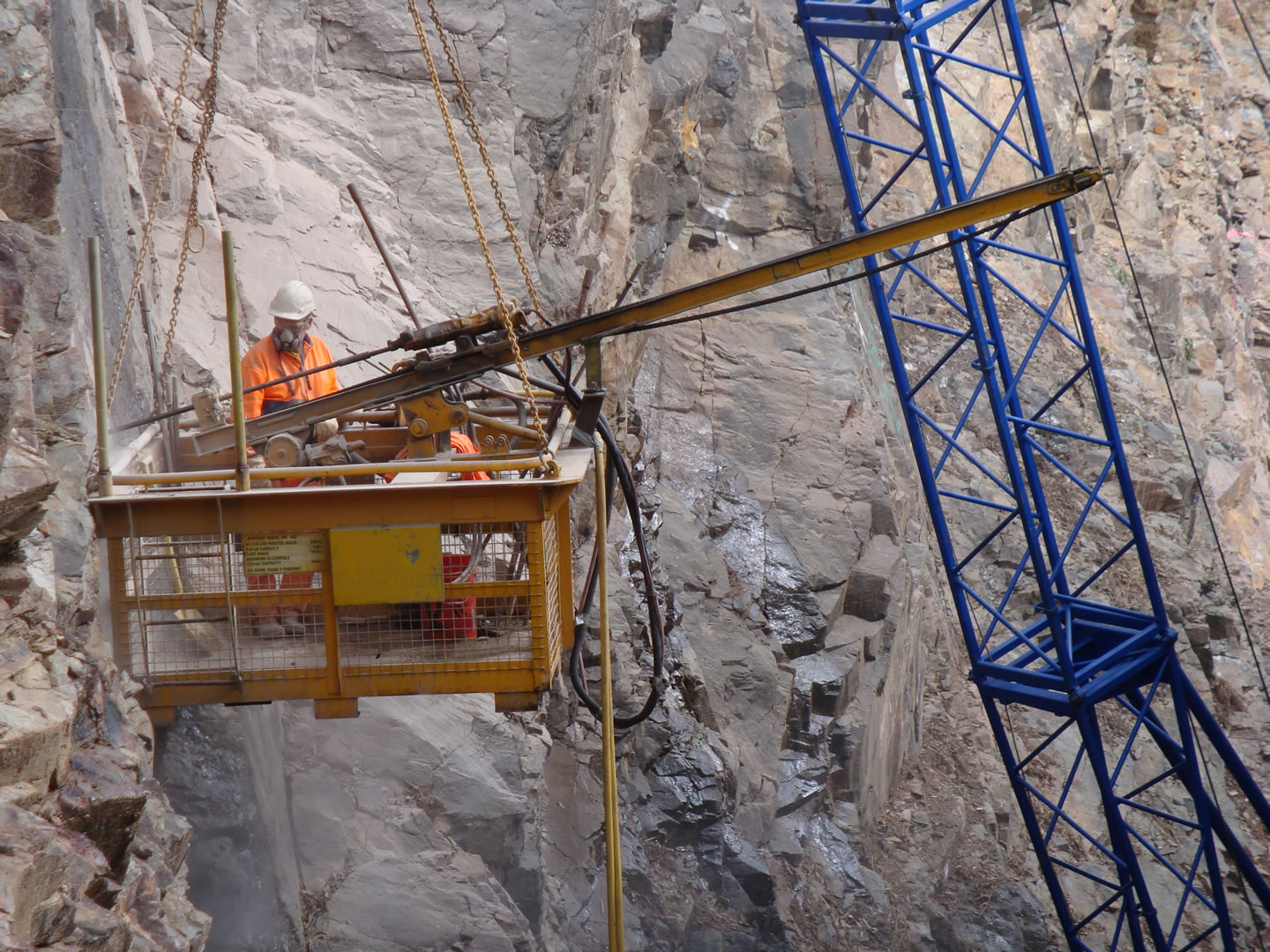Why Williams Anchors Are the Top Option for Reliable Foundation Solutions
Why Williams Anchors Are the Top Option for Reliable Foundation Solutions
Blog Article
Reliable Rock Anchors for Secure and Steady Foundations
In the realm of civil design, the function of reputable rock supports can not be overemphasized, as they are critical in establishing secure and steady foundations across a range of applications. These supports not just assist in tons transfer from frameworks to bedrock but also give critical resistance against natural forces, including wind and seismic task. Recognizing the various sorts of rock supports, their particular applications, and the details of installation and upkeep is necessary for enhancing their efficiency. What factors should be considered when selecting the most appropriate anchoring option for a provided job?
Sorts Of Rock Anchors

Passive anchors count on the weight of the structure and the bordering soil or rock to provide resistance. Active supports, on the other hand, involve the application of stress through a high-strength wire or rod, creating a pre-stressed condition in the support - Williams Anchors.
Grouted supports are another considerable category, wherein a steel bar or cable television is placed into a drilled hole, adhered to by a cementitious grout. Once treated, the cement bonds with the bordering rock, producing a durable anchoring system. Each sort of rock support provides unique benefits based upon the certain geological conditions and architectural needs, thus playing an important function in the total integrity and longevity of constructed facilities.
Applications in Construction
Rock anchors play a pivotal function in various building applications, providing important support and stability in varied atmospheres. These cutting-edge solutions are used in jobs ranging from large-scale framework growths to smaller sized household structures. Among the main applications of rock supports is in the stabilization of inclines and maintaining wall surfaces, where they help avoid dirt erosion and keep architectural honesty.
In addition, rock anchors contribute in securing foundations for bridges, passages, and skyscrapers, guaranteeing they can withstand side pressures such as wind and seismic task. Their flexibility permits for installation in tough geological conditions, making them excellent for tasks in hilly or rough surfaces.

Secret Choice Standards
Selecting the ideal rock support for a specific application needs careful factor to consider of a number of key standards. First and foremost, the geological conditions of the site have to be completely analyzed. Understanding rock type, stamina, and security is important to guarantee that the anchor will certainly do successfully under tons conditions.

Another crucial element is the deterioration resistance of the anchor products. In environments subjected to dampness or chemicals, using corrosion-resistant materials will certainly extend the life expectancy of the anchors and maintain structural honesty over time.
In addition, the support's setup technique need to align with the project's needs and restrictions. Reduce of installation, as well as the potential effect on bordering frameworks, need to be considered.
Installment Techniques
Effective installation methods are vital for the successful efficiency of rock supports. Correct installment makes her explanation sure that the supports attain the desired load-bearing capacity and stability within the geological conditions. The primary step in the installation process involves site analysis, where geological surveys determine the rock kind, problem, and any kind of possible difficulties.
Once the site is examined, the appropriate boring method need to be selected-- options include rotating drilling, diamond drilling, or percussion boring. The choice depends upon rock firmness and ecological considerations. Accurate exploration deepness and angle are vital to ensure that the supports align with structural demands and lots circulation.
After drilling, the find more following stage includes cleaning up the borehole to remove debris, which can compromise bond toughness. Following this, the support is put, and if required, a cement or material is infused to boost bond. The treating time of these products must be followed, guaranteeing that the supports accomplish full toughness before any type of tons is applied.
Maintenance and Examination
Proper upkeep and assessment of rock supports are necessary to ensure their long-term performance and integrity (Williams Anchors). Routine analyses assist determine any kind of potential problems, such as corrosion, variation, or architectural exhaustion that can compromise the honesty of the anchoring system
Regular inspections should be conducted at defined periods, taking into consideration environmental variables and the particular application of the rock supports. Aesthetic evaluations need to focus on the subjected sections of the supports, checking for indications of rust, fractures, or other abnormalities. Additionally, Related Site it is vital to review the surrounding geological conditions to discover any kind of shifts in soil or rock that may influence anchor efficiency.
Sometimes, advanced techniques such as lots testing or non-destructive screening might be warranted to establish the supports' load-bearing ability and general health. Proper documents of evaluation searchings for, maintenance activities, and any repairs or substitutes executed is vital for ongoing assessment and compliance with sector criteria.
Verdict
In verdict, trusted rock supports play a critical function in guaranteeing secure and steady foundations throughout numerous building and construction applications. By successfully moving tons and boosting stability against side pressures, these anchors contribute significantly to the durability and integrity of frameworks such as bridges, passages, and preserving walls. Strategic choice, setup, and upkeep of rock anchors are essential for enhancing efficiency and protecting public safety, inevitably highlighting their relevance in modern-day design practices.
Report this page